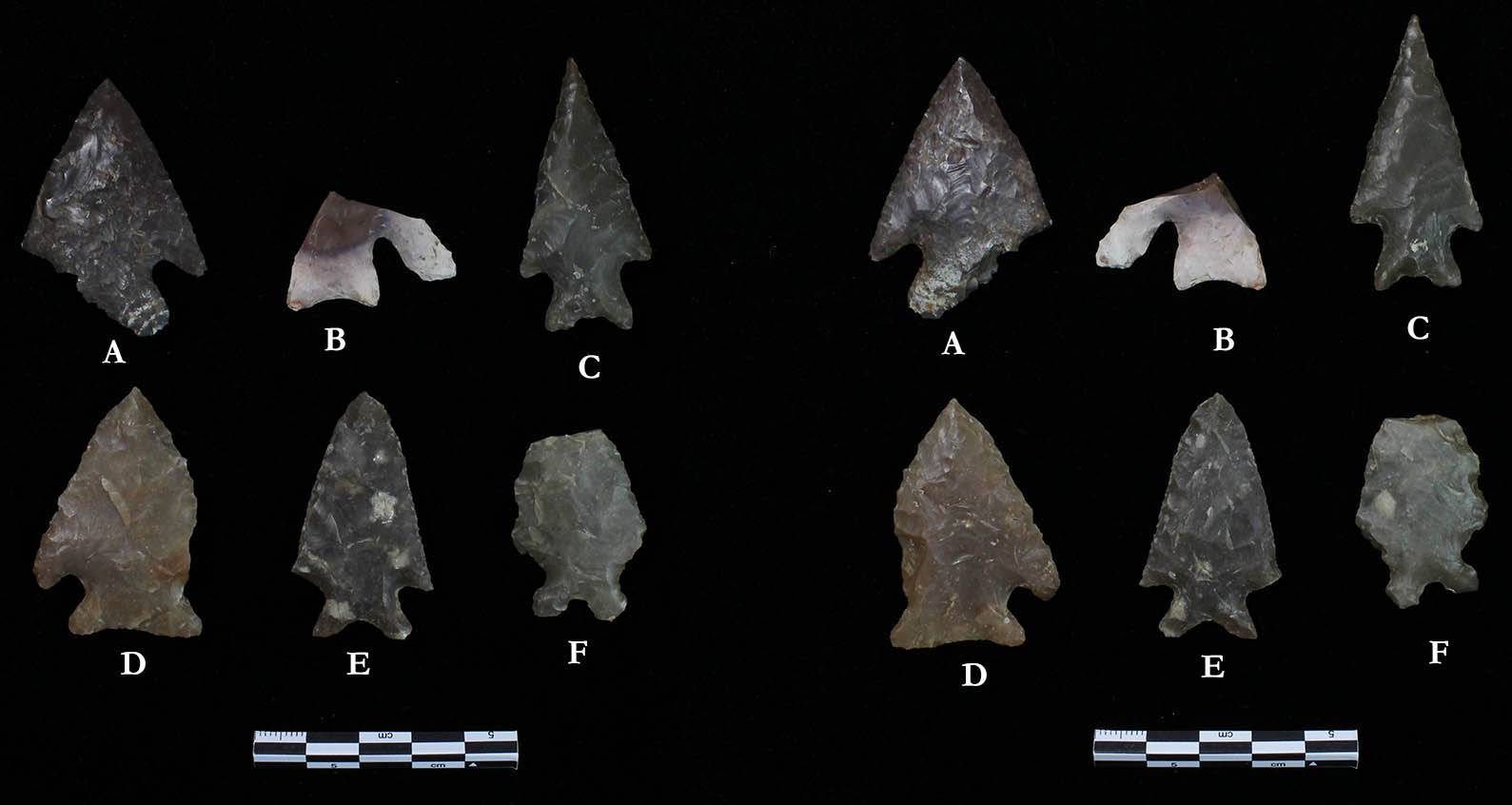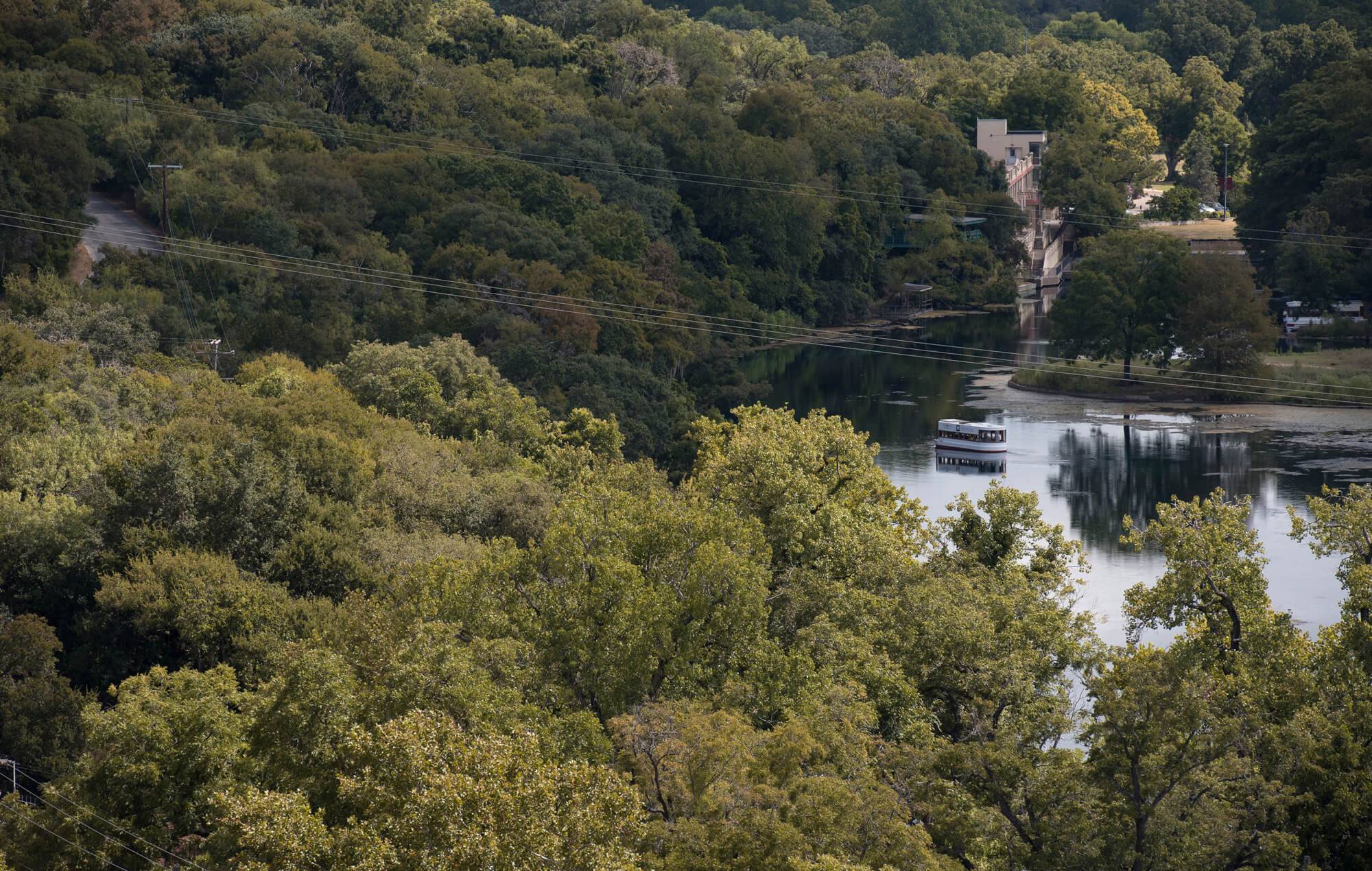Early Archaic Period

The Early Archaic coincides with the beginning of the Holocene when significant climate changes occurred. The dramatic global shift from a generally warmer and moister climate to a cooler and drier climate is associated with the extinction of megafauna like mastodon and the large bison species Bison antiquus. These environmental changes also triggered changes in the ways people used natural resources and the technology needed to provide food and shelter. In particular, groups began to focus more intensively on utilizing local resources like deer, fish, and plant bulbs. This dietary change is visible in the archaeological record with increased amounts of ground stone artifacts, the presence of burned rock cooking features (see feature 6), burned rock middens, and the appearance of woodworking tools.
Numerous dates from Spring Lake have established that bison were in the region during a narrow interval from 6000-5750 years ago. This interval at Spring Lake is associated with a widespread series of cultural traits that have been identified across most of the Southern Plains region, known as the Calf Creek horizon. The Calf Creek Horizon is noteworthy for its close association with Middle Holocene bison (buffalo) exploitation. Typologically, dart points found in Texas that comprise the Calf Creek style include Bell and Andice dart points. These points have triangular bodies with deep basal notches that result in long barbs and squared stems. During our 2014 excavations, we encountered intact Calf Creek Components in both excavation blocks at similar depths. This Calf Creek component is evidenced by a total of five Bell points, one Andice point and five AMS radiocarbon dates. These data, alongside the Calf Creek component recorded during our 2012 data recovery excavations at Spring Lake are believed to be the only intact Calf Creek components with datable materials yet documented in Central Texas. Other dart points recovered by our work that are diagnostic to the Early Archaic include Gower, Uvalde, Bandy, Merrell, and Martindale. Notice how they all have concave bases, some more pronounced than others. Other terminologies used to describe this stem style include split stem or bifurcated stem.
